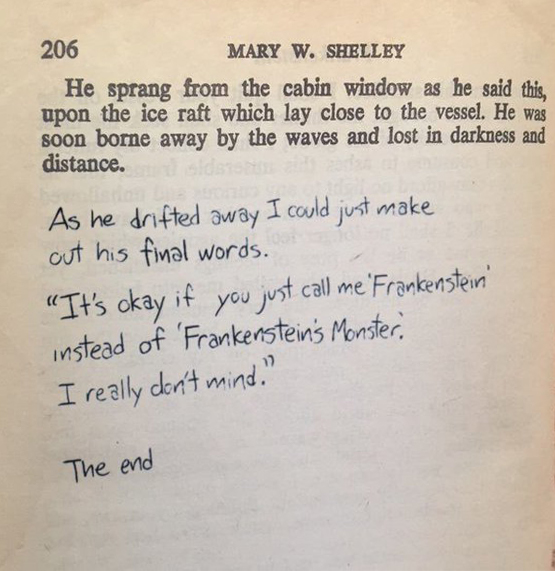26 Examples of Embedded Interactive Polls Using Google Forms
Naomi Salmon
Examples Of Interactive Polls
Example A – Poll and Results In Annotation Layer
This is an example of an interactive Google form poll and its results embedded in a Hypothes.is annotation. (Click the text highlighted in yellow to see the annotations pop out in a sidebar.)
This example comes from The Woman in White: Grangerized, an OER critical edition of a Victorian novel. Putting H5P activities in an annotation layer is not currently supported in many Pressbooks instances outside of UW-Madison, which is using an experimental plugin to make this possible. However, we have hopes that the folks at Hypothes.is and H5P will make it possible to do this kind of activity embedding in other Pressbooks instances in the future. To see an example of the same interactive quiz results embedded in the body of the text using just H5P, see Example B below.

How do you feel about writing in books?
- Do you refuse to take a highlighter or pen to their pages?
- Do you take the middle ground, leaving the faintest of pencil traces (only to furtively erase them before returning the book to the shelf)?
- Perhaps you’re a proud scribbler, adding questions, doodles, and even grocery lists to your texts.
- Maybe you’ve had entire conversations with friends or strangers in the margins of books.
No matter which approach you take, you have something in common with a nineteenth-century reader. People have been writing in books since books were invented, but social and technological changes during the 1800s made this practice much more common. As it became less expensive to print and ship texts, books became accessible to a larger number of people. In Britain, educational opportunities expanded for the middle and working classes, and higher literacy rates further accelerated the demand for print (Hayward 21-22, Darnton 77). The resulting expansion in reading matter was so vibrant that scholars often refer to it as the nineteenth-century “print boom.” With this increase in media accessibility came a separate boom in the range of ways that people interacted with texts—and with one another through texts.
Example B – Poll and Results In Text
Recognizing that readers using mobile devices may prefer to engage with the survey and results display in a larger screen, The Woman in White: Grangerized also includes a freestanding page with the participant survey embedded in it as well as a survey results page. Their contents are below.
Survey: How Do You Feel About Writing In Books?
We welcome you to share your own answers to this question!
- If you’d like your responses to be counted in the electronic version of this text and you’re using an electronic device to read this page, please click the link above or take the survey in the embedded iframe below.
- Note that the iframe may not render effectively if you’re reading this on a phone screen. In that case, we recommend clicking the link to access the quiz in its original Google Forms location.
- You can also access this survey by visiting this shortlink: https://tinyurl.com/writinginthemargins
Current Survey Results

